The content of the article
Pine is a coniferous plant that stands out among many trees in height, reaching 40 meters. Externally, it can be distinguished from other trees by a straight trunk, cracked bark or a rounded crown. Instead of leaves, pine needles are rather densely arranged on pine branches. Despite this, the tree, like all plants, can bloom. The flowering period, as a rule, is May; it is at this time that the cones form on the twigs. Over time, these bumps become harder and literally lumber. Pines can stand for a large number of years. The average lifespan of this plant is 400 years.
Pine is popular primarily because of its numerous healing properties. In the treatment of this plant was used more than 5 thousand years ago. Needles are great as a basis for the preparation of compresses and poultices.In ancient Egypt, pine resin was primarily used. This material was used in the embalming process. On the territory of Ancient Russia, people in most cases used resin to disinfect the oral cavity and treat various gum diseases. All you need to do is chew the pitch.
- vitamins;
- essential oils;
- tannins;
- starch;
- resin;
- carotene and more.
Even in ancient times, various healers advised people to walk more often in the pine forest to improve their well-being. Many argue that if you cuddle up with a pine tree for just a few minutes, you can feel better and increase your working capacity. Scientists from Japan say that the smell of pine essential oils significantly improves memory, improves mood and has an invigorating effect.
How can pine buds be used?
Decoction based on pine buds has a number of useful properties, thanks to which it is used in medicine:
- eliminates inflammation;
- has a diuretic effect;
- destroys microbes;
- possesses disinfecting properties;
- has a hemostatic effect.
In addition to these properties, pine can also help a person get rid of cough, because it is an expectorant. The fact is that the oils of this plant are able to excite the epithelium of the respiratory tract. In addition, pine has a stimulating effect on the ciliated epithelium.
To combat bronchitis, you can make tea from pine buds. Such a medicine can also help fight pneumonia, kidney disease and gallstone disease. To make this tea, you need to take 10 grams of pine buds and pour a glass of boiling water. After that, the resulting broth must be cooled to room temperature.
Useful properties of pine needles
Pine needles are also rich in nutrients. From it you can prepare a lot of different decoctions and infusions, which are now actively used in the treatment of many diseases. It is best to collect the needles in the winter or late fall.It is at this time that it is most rich in useful properties.
- From pine needles you can make a real vitamin infusion. To do this, you need to collect about 4 cups of raw materials. After that, it must be thoroughly washed and cut with scissors into small pieces. Next, the needles should be filled with cold water, it will be enough just half a liter of liquid. To remove bitterness in the infusion, you need to add 2 tablespoons of vinegar. Then the mixture must be placed in a dark and cool place, where the vitamin drink can be infused for 2-3 days. Take a similar drink to one glass per day. It will help to enrich the body with the necessary vitamin C, as well as increase the body's resistance to various colds, and strengthen the immune system.
- You can also quickly prepare another vitamin infusion based on needles. First you need to boil 200 ml of water and pour about 40 grams of washed raw material into it. For taste, you can add a teaspoon of sugar and a little lemon zest. Then you need to turn down the heat and boil the mixture a little. Next, you need to cool the infusion and add a little lemon juice.
- Infusion of needles can be used not only for internal use, but also for a bath.It is good to use coniferous infusion in a bath for various depressive states as well as neuroses. For the preparation will require a kilogram of a mixture of needles and buds. This mixture is filled with boiling water and steamed for 3-4 hours. After that, the resulting infusion can be drained and poured into the bath.
- Great needles pine needles to cleanse the blood vessels. Preparing a decoction is also quite simple. You need to take 5 tablespoons of pine needles, which you need to chop, as well as a couple of tablespoons of chopped onion peel. Also added to the mixture three spoons of wild rose. The whole mixture should be poured with one liter of hot water. All this infusion should be boiled for a quarter of an hour, after which the broth is filtered and taken once a day before meals.
- Pine needles can be used as a diuretic. For its preparation will require a tablespoon of crushed raw materials. This amount should be poured over with a liter of boiling water and left for half an hour for steaming. The resulting decoction should be drunk one tablespoon four times a day.
How can sap be used?
Resin is a very popular ingredient derived from pine. It is mainly used to heal a variety of wounds, including putrid and wet ones. The resin is often used for the preparation of ointments. It is worth noting that the ointment from it can be prepared independently at home.
- Recipe ointment: you will need 25 grams of beeswax, rosin and vegetable oil. These components must be mixed and dissolved in a water bath. Next, the resulting mass is added 50 grams of resin. The mixture is brought to a boil, but boiled. The ointment is ready. Then you just need to cool it, after which it can be used to treat wounds and create compresses.
- Resin can be used to treat boils, varying degrees of bruises and fractures. For the preparation of such an ointment, you will need 200 grams of the resin, olive oil, onion and 15 grams of vitriol. All ingredients must be mixed and then brought to a boil. The resulting mixture should also be cooled and used to treat wounds and sore spots. In addition, this ointment can be used for a cold. In this case, it is enough to apply a small amount of ointment to the mucous membrane in the nose.
- Resin can be used to treat boils. In this case, it is enough just to apply it to the sore spot and in a short time you can feel that the pain recedes. After three days of similar use, the boil will completely dissolve. You can also apply the sap to various wounds.
The use of pine in cosmetology
For the preparation of a remedy, a pound of pine buds and five liters of water are required. These two components are mixed, and then boiled for 30 minutes. Next, you need to drain the broth. It should be used for rinsing. It is important that this remedy can be used both for baldness and for the prevention and strengthening of hair. Rinsing decoction of pine buds is very useful for hair, they become silky, shiny, stronger and more dense. In addition, lost and excessive fat.
An excellent means of pine becomes in the presence of acne or various purulent formations on the face.Preparing a decoction to combat these unpleasant rashes is also quite simple. You will need only two handfuls of needles and a liter of boiling water. Infusion should be boiled for 10 minutes, then strain and cool. This broth should be washed twice a day, morning and evening.
Who should not use pine in the treatment?
The tree contains a variety of active ingredients in a fairly strong concentration. For this reason, you should beware of excessive consumption of infusions or decoctions. It is necessary to approach this treatment with caution, it is better to use a little less drug than to exaggerate the dosage and get unwanted reactions of the body. In addition, there are some specific contraindications:
- the presence of individual intolerance to some components of the tool;
- various kidney diseases;
- period of childbearing and breastfeeding;
- glomerulonephritis;
- hepatitis.
Particular attention should be paid to the use of turpentine. The fact is that the increased use of this product can provoke skin hyperemia, and if you use turpentine too often, the skin at the site of use of the ointment may first become blistered and then completely deaden.It should also be borne in mind that even a small rubbing of turpentine into the skin can lead to an increase in blood pressure, as well as insomnia and shortness of breath. It is strictly forbidden to use any means and medicines that contain pine and its components in children up to two years.
Video: medicinal properties of needles

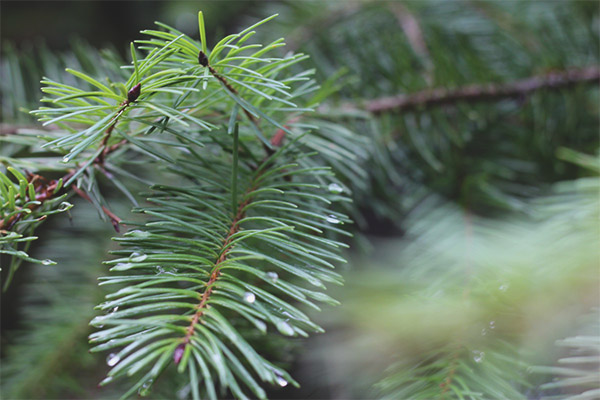
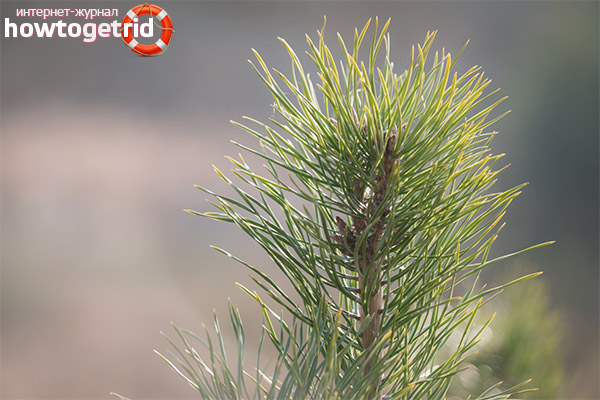
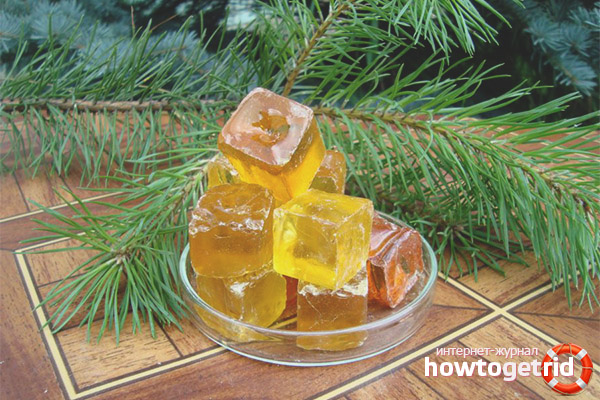


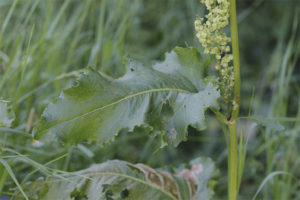
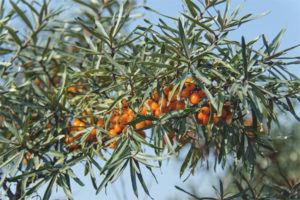

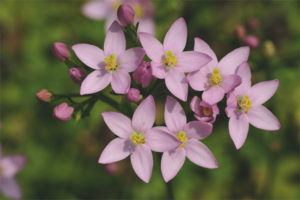
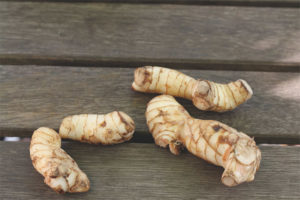
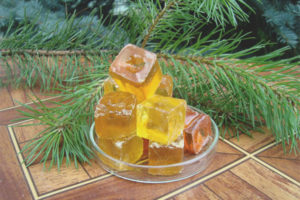
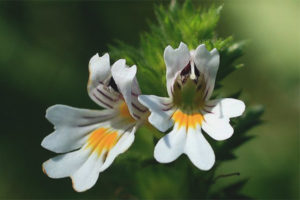
To send